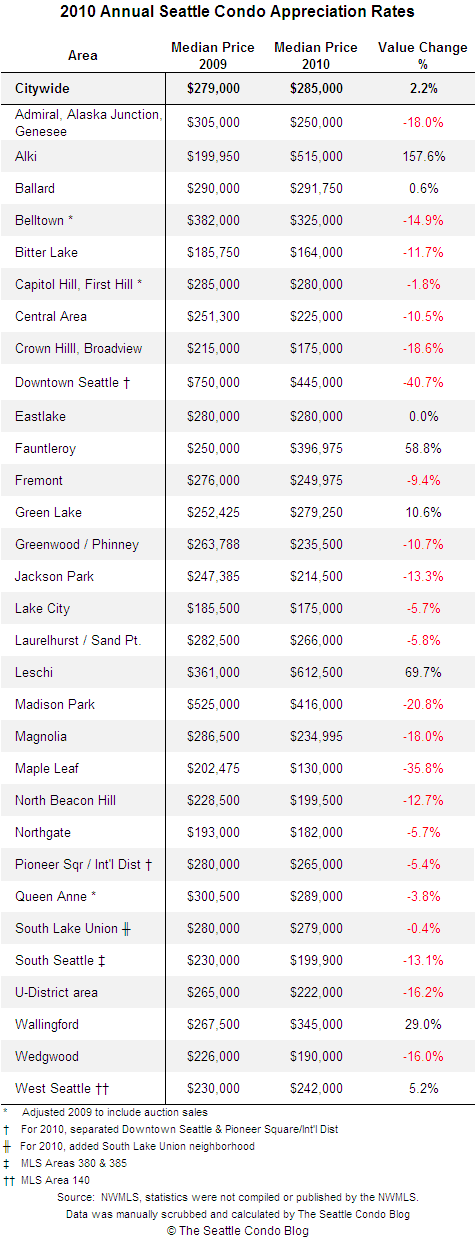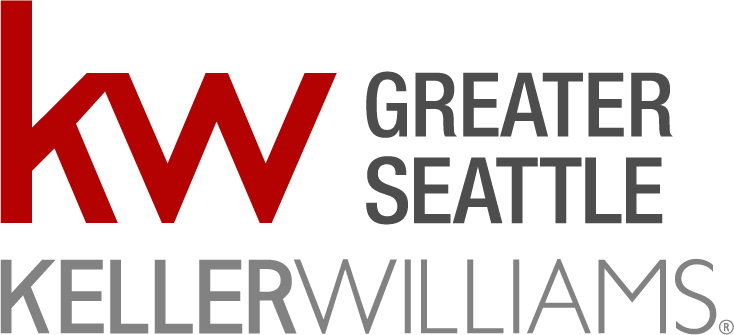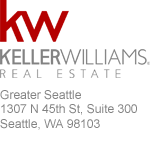Seattle Condo 2010 Appreciation Rates
Contrary to conventional wisdom Seattle’s annualized citywide median condo value rose in 2010 to $285,000. That’s up a respectable 2.2% over 2009. The average condo price also increased 1.2% above 2009 to $364,035.
The number of units sold in 2010 was 1,783, just 10 fewer than in 2009. Given the nominal difference in units sold and the increase in citywide value, I don’t think I’m going out on a limb stating that the Seattle condo market reflected stability in 2010. With that said, results varied widely depending on location, condition, age and price points. A number of areas saw declining values and reduced sales.
Neighborhoods that realized the greatest increases were Alki, Fauntleroy, Leschi and Wallingford. Leschi was the only neighborhood that experienced increased median prices over the past three years. On the flip side, more neighborhoods saw median condo values drop rather than increase. The biggest declines were reflected in downtown Seattle, Maple Leaf, North Beacon Hill and Madison Park. Also turning in noticeable drops were Belltown, Magnolia, the University District and the Admiral/Junction area of West Seattle.
While hindsight and statistics suggest the Seattle condo market stabilized this past year, the outlook may be a bit more challenging going forward. Notably, unlike 2009 and 2010 there aren’t any tax credits to spur sales activity this year. The lingering effects of the 2007 market crash, the struggling economy and liens/lawsuits have affected numerous condominiums, making them essentially unavailable to most buyers as a result of stricter mortgage guidelines and weary lenders. For instance, many lenders have backed off financing mortgages on buildings with high HOA default rates, underfunded reserves or with too many rental units, an effect of loan defaults and foreclosures.
But, not all is gloom. In 2010 more condos at higher price points sold compared to 2009. For example, sales of units priced under $300,000 shrank 3.9% while sales of condos priced $500,000 and above increased 17.8% last year. The $1 million plus level was even more striking with sales up 29.5% compared to 2009. So, there are well-qualified buyers who are eager to purchase and/or see value in a Seattle condo. We’re also likely to see more purchases by foreign investors. Mortgage interest rates continue to linger at historic low levels making borrowing relatively inexpensive. However, rates are expected to rise, which may either deter or incent buyers to act as their buying power diminishes.
See notes below chart for more information on these figures.

Notes:
Alki’s 157.6% increase in median price was more of a return to normal in 2010 rather than a massive surge in value. In 2009, 50% of the condo sales in Alki were at Lighthouse Point where most units were priced under $200,000, drastically reducing the median value. In 2010, only 7% of the sales in Alki were at Lighthouse Point. Likewise, in Fauntleroy, Leschi and Wallingford, better quality, higher-priced condos sold in 2010 vs 2009. The opposite occurred in Maple Leaf, with more lower valued condo sales in 2010 than 2009.
For Downtown Seattle, I included the auction sales at 5th & Madison and Olive 8 to determine the 2010 median condo price. That, plus the 141% increase in unit sales downtown, mostly lower priced condos, contributed to shifting the median point downward. Therefore, it’s important to note that downtown condos did not lose 40.7% of their value, but rather a greater number of value-priced condo sales lowered the mid-point.
Last year, I had grouped the Downtown Seattle, Pioneer Square, the International District and Denny Triangle neighborhoods together. Because those areas are fairly distinct with vastly different styles of condos, for 2010 I’ve separated them out.
I placed sales at The 2200 and Enso into the new South Lake Union neighborhood category along with Marselle and Veer Lofts.
Adjusted 2009 median prices for Belltown, Capitol Hill and Queen Anne to contemplate sales from condo auctions.
In calculating the median price figures I manually scrubbed through the NWMLS database as many condo neighborhoods were misclassified and added auction sales, therefore my calculations may differ from the NWMLS. It should also be noted the NWMLS database is not inclusive. Properties sold at auction, through private sales (by owner) or unlisted new construction units were not included in the NWMLS database.






This is an encouraging article for me to read. I make a living selling portland condos and I am looking at markets along the west coast to see if there is any hope in sight. In Portland, our condo prices continued to fall in 2010, but anecdotally, 2011 seems to be looking much better. We were able to soak up some of the excess inventory last year through auctions and price reductions.
Interesting article on Condo’s. Omaha was late jumping into the condo market and most have taken a huge beat down. Midtown Omaha built a huge huge complex of condos in 2009 and to date have sold like 6 units. 235.00 sq ft is way to pricey for this big little city.